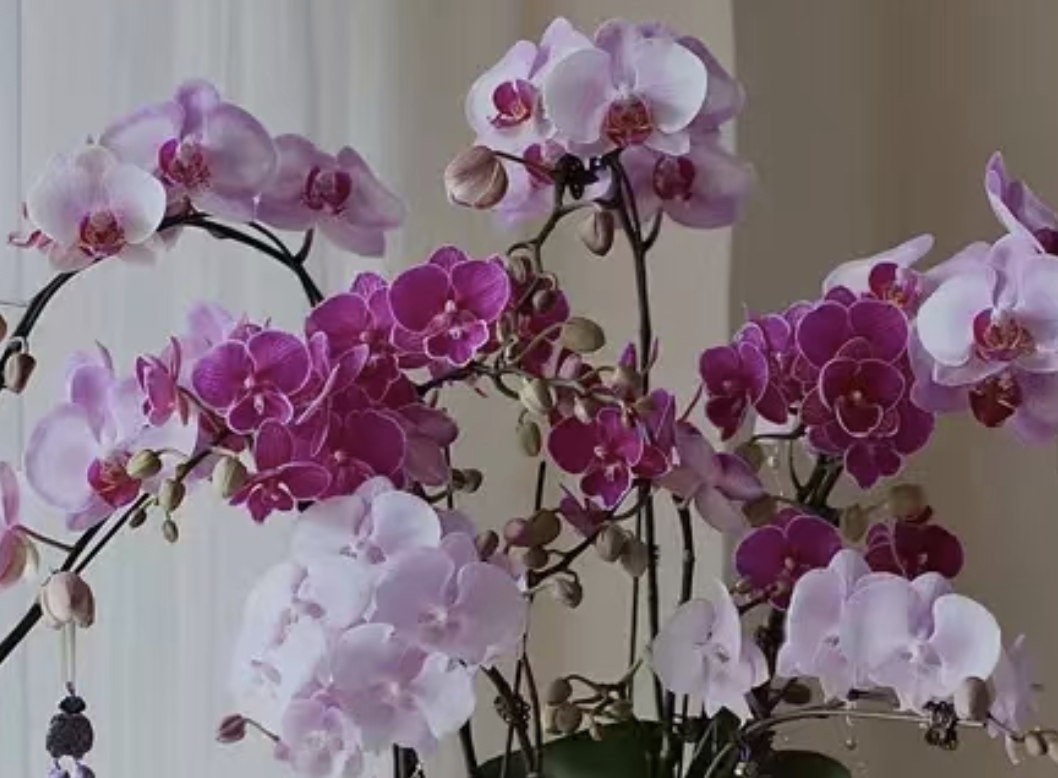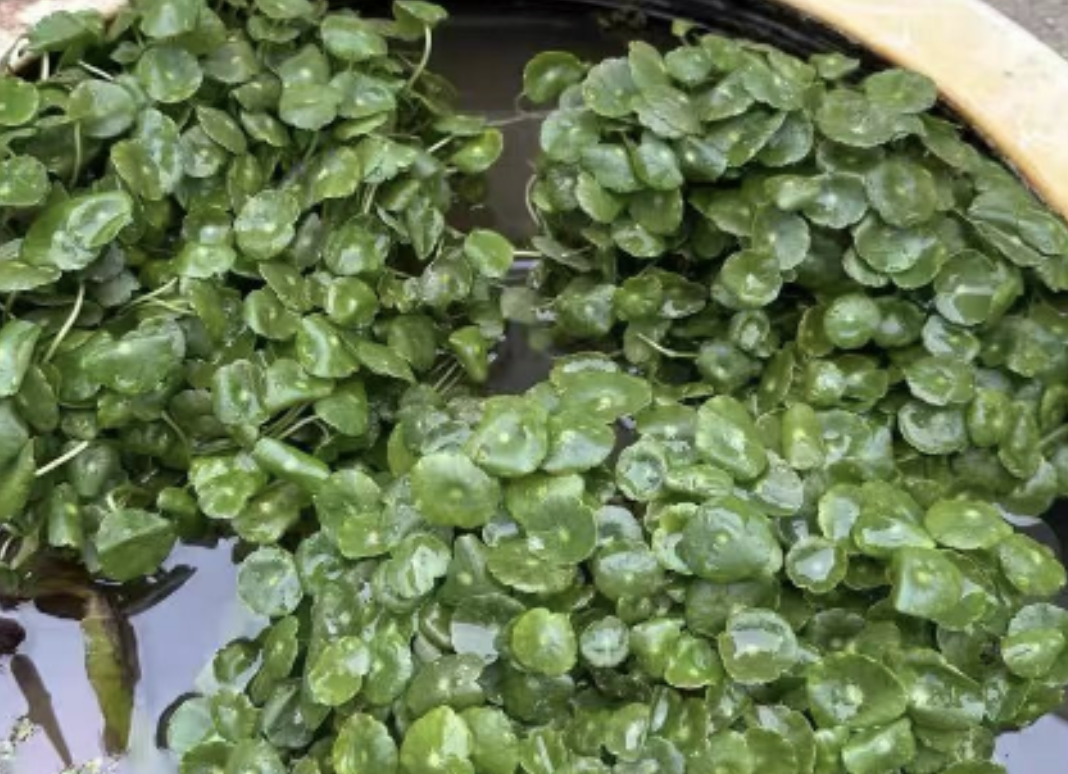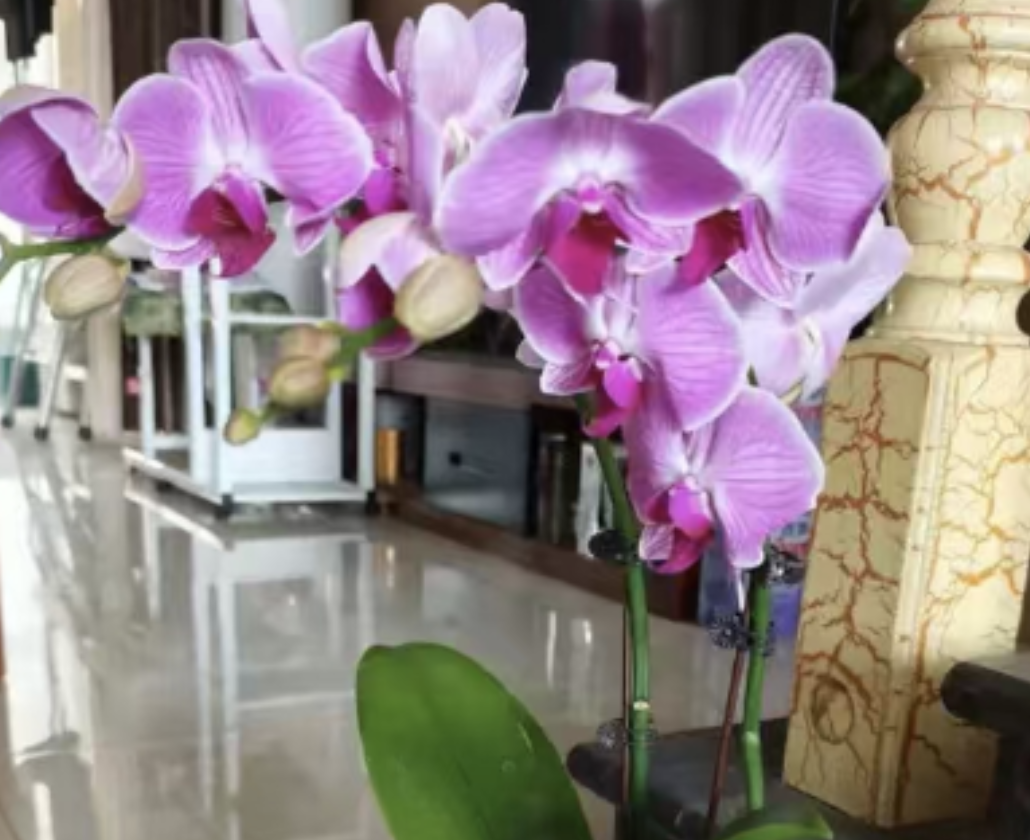When growing potted tomatoes at home, we often encounter the situation where the branches and leaves grow vigorously but bear few fruits. In fact, pruning the branches and leaves of tomatoes is crucial, as it can not only make the plant grow healthily but also increase fruit production. So why is pruning necessary?
First, the space in flowerpots is limited, and the root system of tomatoes cannot spread out freely. If the branches and leaves are too dense, the lower leaves cannot receive sunlight, and poor ventilation can create a hot and humid environment, making the plant particularly prone to diseases. The stems may also fail to support the weight and lodge. Additionally, overly dense branches and leaves compete with each other for nutrients, diverting the nutrients that should be supplied to flower and fruit development, resulting in fewer fruits setting. Furthermore, after pruning overly dense branches and leaves, the interior of the plant becomes more ventilated, making it difficult for pathogens to multiply. Pesticides can also be sprayed more evenly, enhancing disease prevention effects.
So, how should pruning be done specifically? The approach varies at different growth stages: When newly planting seedlings, the focus is on allowing the main stem to grow strong. When the lateral branches below the first inflorescence become visibly noticeable but not yet too long, they should be removed, leaving a small stub to prevent infection. Too old leaves at the bottom can also be removed to reduce water evaporation. When the plant has seven to eight leaves and begins to form buds, gently pinch off the apical growth point to promote branching.
During the flowering and fruiting stage, newly emerging lateral branches should be dealt with in a timely manner. It is most labor-saving to remove lateral branches just as they emerge. If they have grown relatively long, remember to leave a leaf when removing them to avoid damaging the main stem. Old and overlapping leaves should also be pruned, leaving only a few healthy leaves below each cluster of fruits to concentrate nutrients on fruit development. At the same time, poorly developed flowers and fruits should be thinned to ensure that the remaining ones can grow well.
In the fruit ripening stage, leave a few leaves above the top fruit cluster and then pinch the top to prevent the plant from growing wildly upward. Cut off crosswise and overly dense branches inside the plant to allow sunlight to penetrate, ensuring that the fruits are exposed to sunlight without being sunburned. Immediately remove and discard yellowed leaves or those with disease spots to prevent the spread of diseases.
Pay attention to the following when pruning: Tools should be sharp and clean. Do not water immediately after pruning. Perform the operation in the morning on a sunny day. If the wound is large, apply some plant ash. The pruning intensity varies for different tomato varieties. For example, indeterminate growth varieties require frequent pruning of lateral branches, while cherry tomatoes only need light pruning—avoid excessive pruning that may cause fruit drop.
After pruning, the tomato plant should have an appropriate density, with no overcrowding at the top and good ventilation at the bottom. If sunspots appear on the fruits, it indicates that too many leaves have been pruned, and some shade leaves should be retained. If the fruits do not grow well, it may be due to too few leaves left, and pruning should be suspended while supplementing nutrients. Remember, the key to pruning is to remove weak and dense branches to ensure good ventilation and light penetration, and adjust flexibly according to the growth conditions. This way, tomatoes can not only grow beautifully but also bear numerous sweet fruits, and even beginners can easily master it!
Do tomatoes need to have their branches and leaves pruned, and why?

Share with
Tagged in :




Leave a Reply